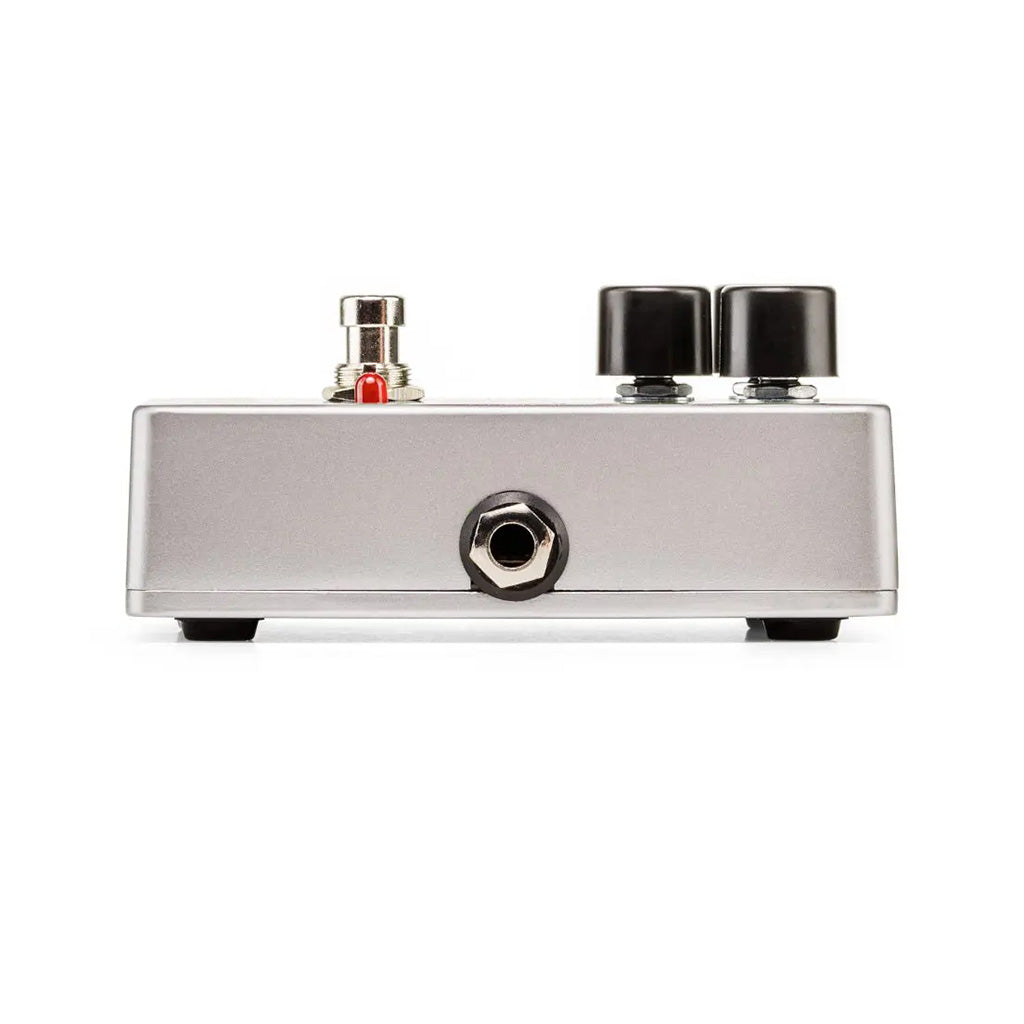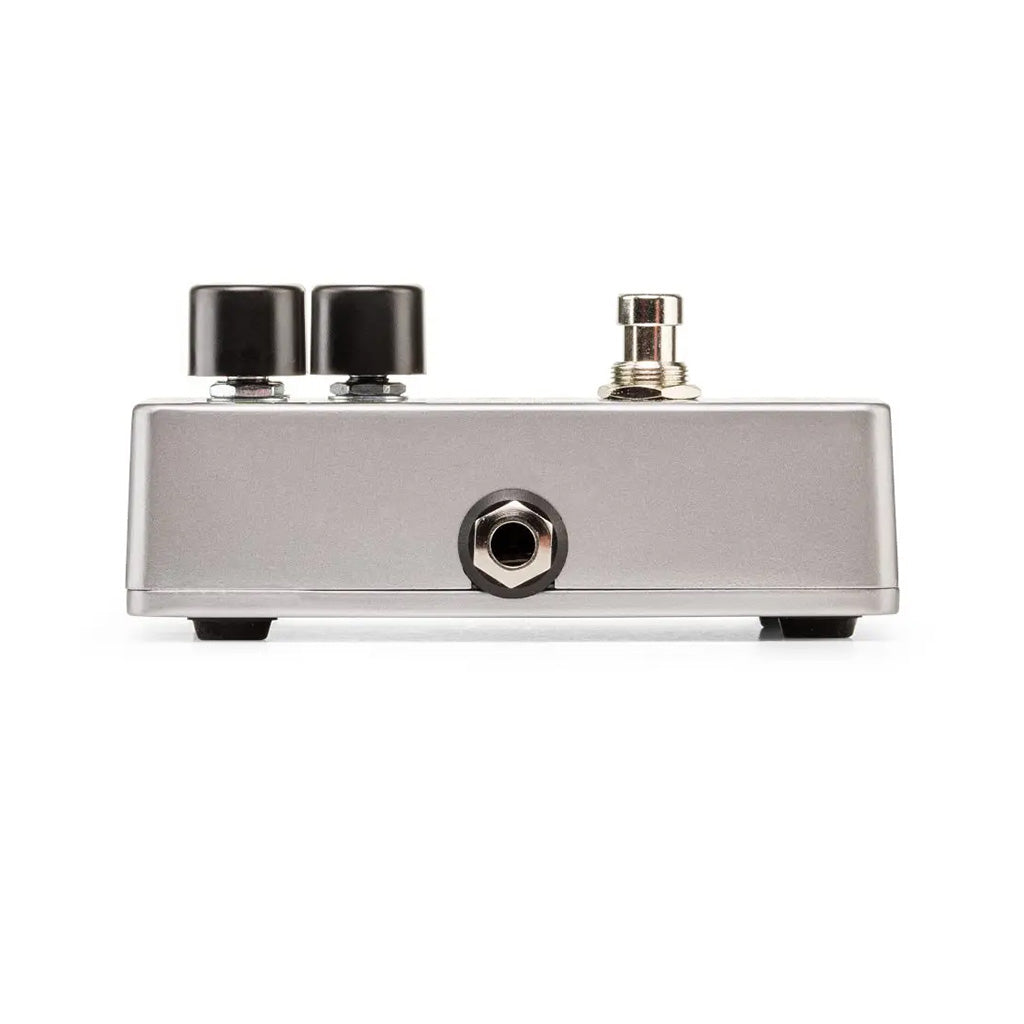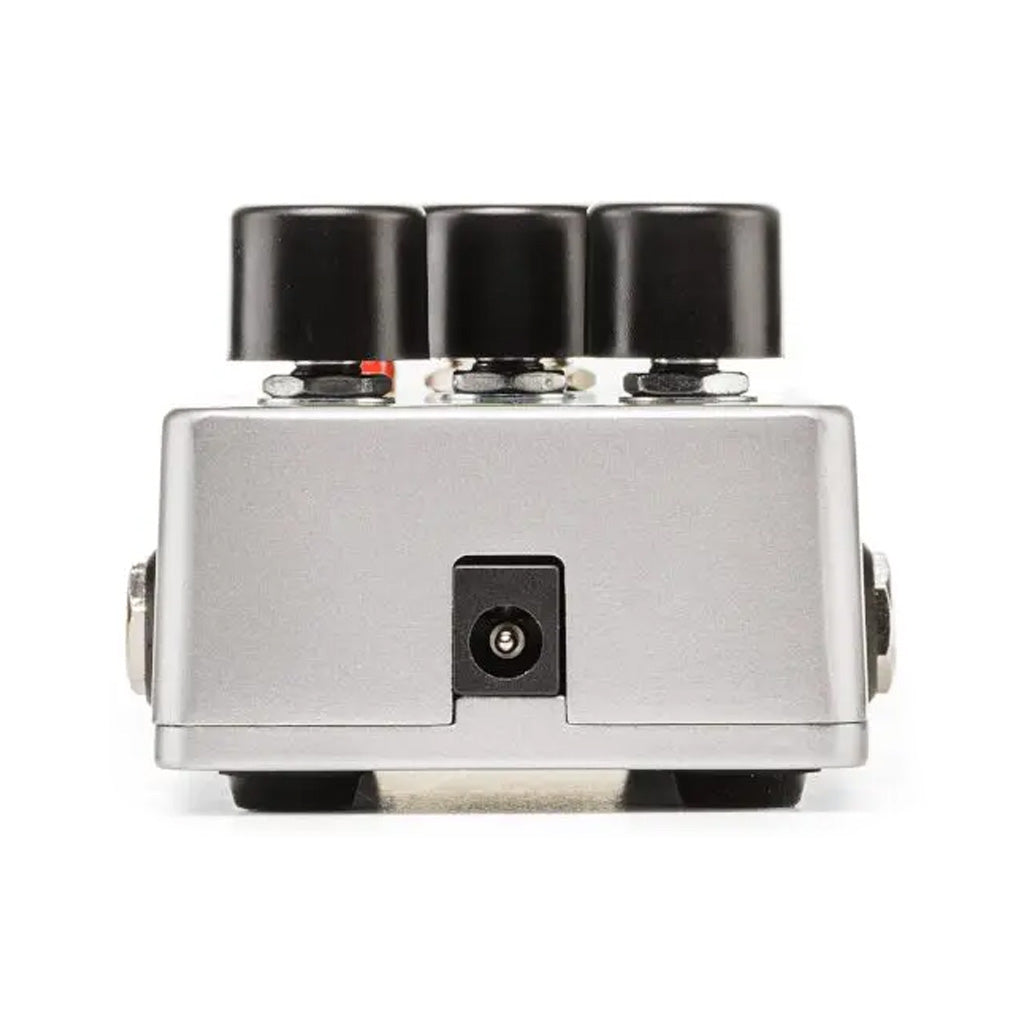The EHX Lizard Queen Octave Fuzz Guitar Pedal is a tribute to Electro - Harmonix's 1970s design glory. Co - created by Josh Scott of JHS Pedals and graphic designer Daniel Danger, this nano - sized pedal packs all the tones and vibes of Josh's original circuit design. Drawing inspiration from EHX's fuzz heritage, it features a unique analogue octave - up circuit, first shown on the JHS Show in 2022, creating a brand - new EHX fuzz sound. The pedal also sports vintage EHX - inspired graphics designed by Daniel.
Housed in an EHX Nano - sized chassis, it's a fixed - gain fuzz pedal with Volume, Octave, and Balance knobs. The Volume knob controls the overall output volume. The Octave control adjusts the octave - up signal from zero to full chaos, perfect for crafting a crushing rhythm or a chimey lead sound. The Balance knob sets the tone between the smooth Shadow setting and the raspy Sun setting, with a more obvious effect when the octave is set high.
Key features include a unique transistor - based octave fuzz distortion circuit by Josh Scott, a blendable octave for analogue chaos, a balance control for different tone styles, 1970s - style graphics by Daniel Danger, true bypass, and a 9V battery included.
Specifications: Digital circuit, true bypass, mono audio, 9.6VDC - 200mA power adapter (not included), dimensions of 4.5' x 2.75' x 2.1', and a 5mA current draw.



Using the EHX Lizard Queen Octave Fuzz Guitar Pedal is easy. First, you can power it with the included 9V battery or a 9.6VDC - 200mA power adapter (not included). Once it's powered on, you're ready to start creating amazing sounds.
To adjust the volume of your guitar's output, turn the Volume knob. If you want to add that unique octave - up effect, use the Octave control. You can turn it up for a wild, chaotic sound or keep it low for a more subtle effect. The Balance knob is great for customizing your tone. Turn it towards the Shadow setting for a smoother sound, or towards the Sun setting for a raspy, biting tone.
Here are some important notes. Make sure to use the correct power supply to avoid damaging the pedal. If you're using a battery, check it regularly and replace it when it runs out. When you're not using the pedal, you can keep it in a cool, dry place to protect it from damage.
As for maintenance, clean the pedal with a soft, dry cloth to keep it looking good. If you notice any issues with the sound or the knobs, it might be a good idea to have it checked by a professional.